Singapore Parents’ Guide to Sensory Play with Examples (2025)
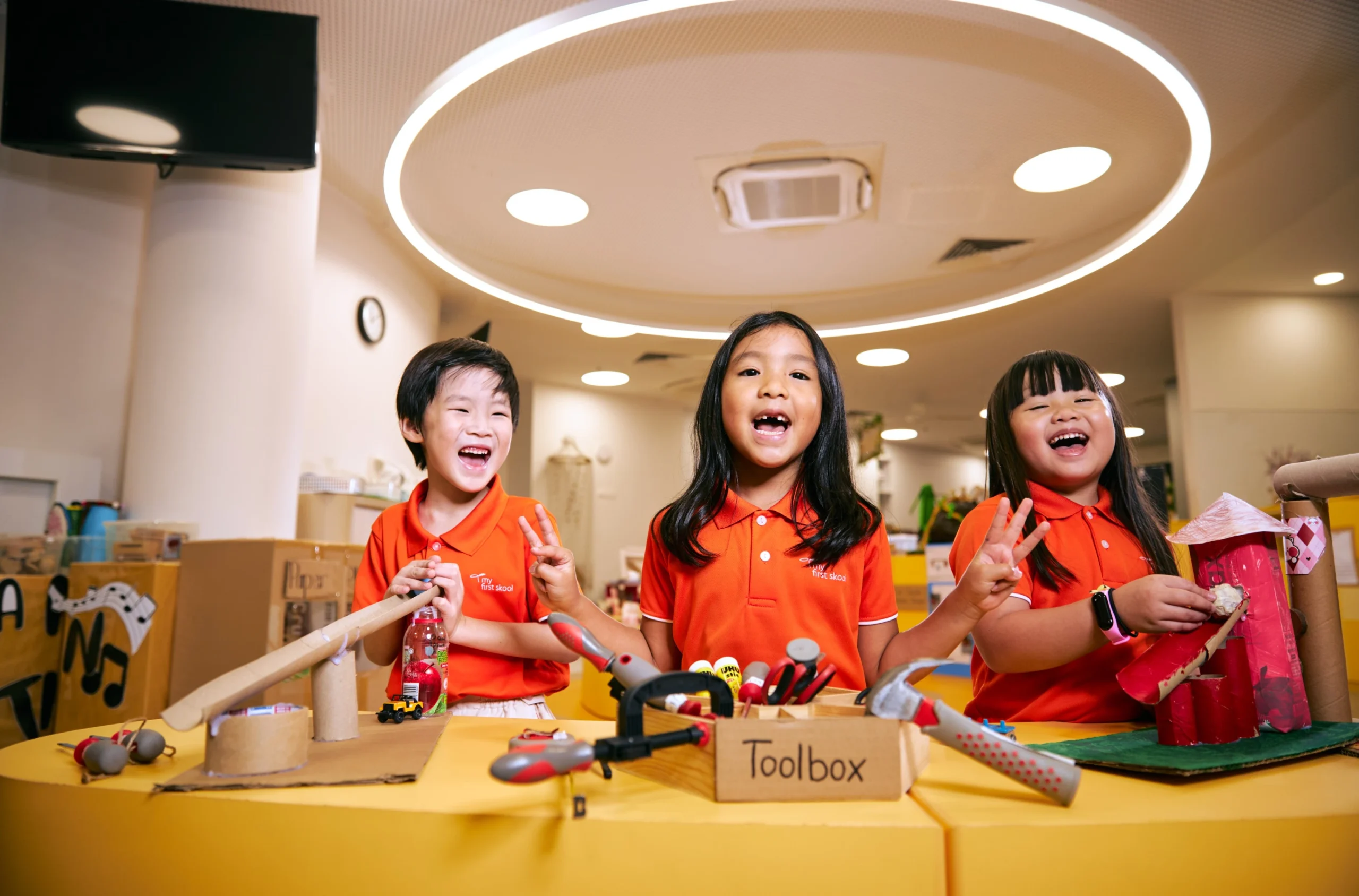

From squishing dough to splashing water, children are naturally drawn to play that engages their senses.
But did you know that these seemingly simple activities are powerful learning tools? Known as sensory play, this hands-on approach isn’t just fun—it’s essential for early development.
At My First Skool, sensory play is part of our everyday approach because we know how important it is for a child’s early development.
In this guide, we’ll explore what sensory play is, why it’s so important for babies, toddlers, and preschoolers, and how you can easily incorporate it at home. Whether you’re a first-time parent or looking to refresh your play routine, you’ll find plenty of practical tips and inspiring ideas to support your child’s growth, one sensory experience at a time.
Sensory play refers to any activity that stimulates a child’s senses—touch, smell, taste, sight, hearing, balance, and movement.
Sensory experiences, such as tummy time, bath time, and food play, engage children through visual elements, tactile interactions, and exploring different textures and smells.
But sensory play isn’t just about mess or fun (though it often includes both). It lays the foundation for critical skills like problem-solving, emotional regulation, early literacy and numeracy.
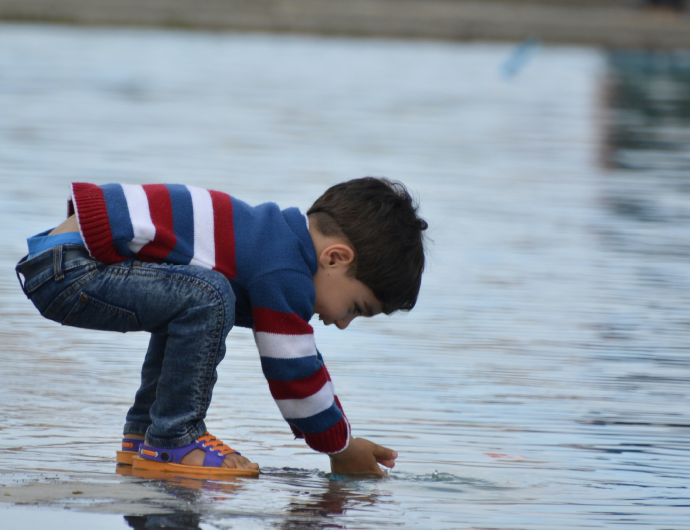
Sensory play is more than just a fun way to pass time—it’s a vital part of early development, engaging the five senses. Here’s how it supports children in meaningful ways:
In short, sensory play nurtures the whole child—mind, body, and emotions—all while encouraging joyful discovery.
One of the best things about sensory play is that it can begin from the very start of life, allowing your child to start exploring different textures, sensations, and tastes, and evolve as your child grows.
It is crucial to ensure safety by avoiding choking hazards. Items used in sensory bins should be appropriate for the child’s age, and supervision is necessary to prevent accidents when smaller objects are involved.
Here’s a general guide to when and how to introduce it safely:
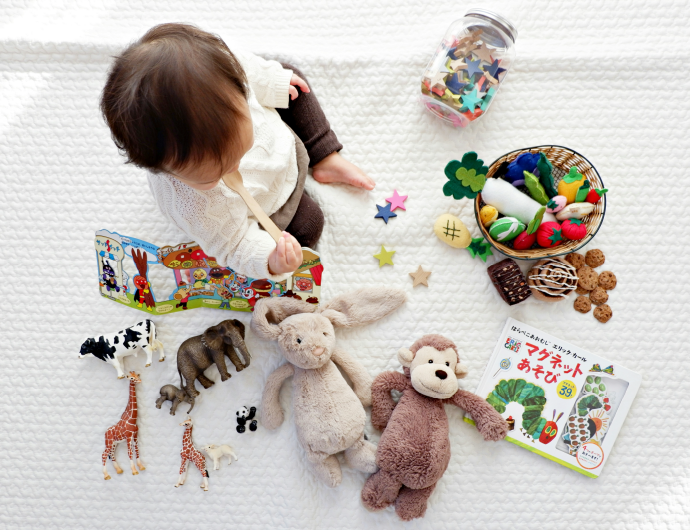
At this stage, sensory experiences for your baby are simple and gentle. Think soft fabrics to touch, lullabies to hear, and high-contrast visuals to track with their eyes. Water play during bath time or tummy time on textured mats is also excellent.
Tips:
Toddlers are natural explorers. They love to squish, pour, shake, and taste everything. Sensory bins, edible finger paint, and soft doughs are perfect for this curious stage.
Household items like cups, balls, wooden spoons, and pots can also be used to create engaging and educational sensory play activities.
Tips:

At this age, children can begin more intentional play. You can introduce more structured activities like beading, building obstacle courses, or creating sensory bottles.
They also start to connect sensory experiences to emotions, memory, and storytelling. Sensory play also fosters social skills by encouraging interaction with peers and enhancing communication and problem-solving abilities.
Tips:
True sensory play engages more than just touch—it taps into a full spectrum of sensory input, including the vestibular systems. Understanding these categories helps you provide a richer, more balanced range of experiences for your child.
Tactile play helps children develop fine motor skills, body awareness, and strengthens small muscle groups through engaging and playful experiences. This is the most common type of sensory play and involves texture, pressure, and temperature.
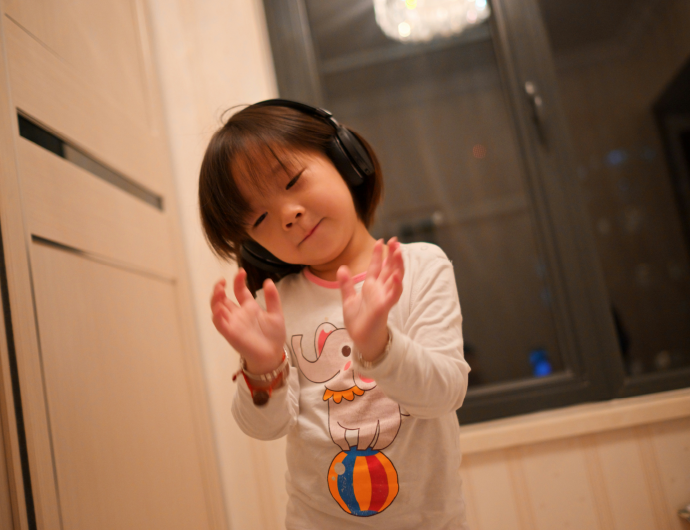
From shaking homemade maracas to listening to different types of music, auditory play helps children distinguish sounds and patterns. Engaging in these activities also enhances children’s language skills by providing opportunities to communicate their experiences and emotions more descriptively.
This involves activities that stimulate the eyes, such as watching bubbles float, sorting coloured objects, or looking at light and shadow patterns. Visual play supports spatial awareness and visual tracking.
The vestibular system helps children understand where their body is in space. Activities like swinging, spinning, or rocking help develop balance, coordination, and core strength.
Proprioception is about sensing pressure and movement through the muscles and joints. This sensory play is crucial for childhood development as it helps build nerve connections within the brain’s pathways.
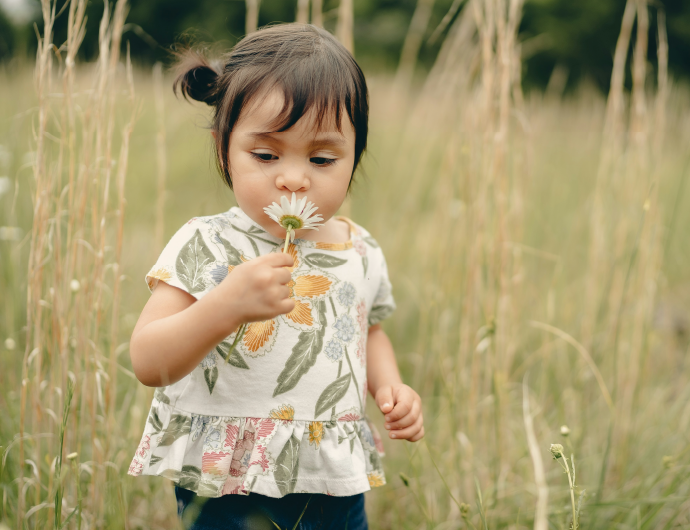
Engaging a child’s sense of smell can be as simple as smelling herbs, spices, or scented playdough. It supports memory, emotion, and early scientific exploration.
Taste-based play should always be age-appropriate and safe. Activities might include edible painting, baking, or taste-testing fruits. This encourages openness to new experiences and language development through food-related vocabulary.
One container is all you need for sensory play; it doesn’t require fancy tools or a dedicated space. Some of the most enriching activities can be done right at home, using everyday items. Here are 15 ideas, grouped by sensory type, to help you get started.
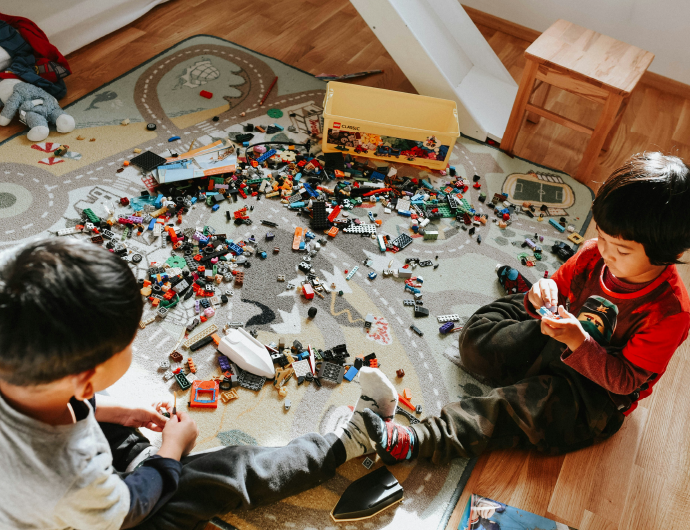
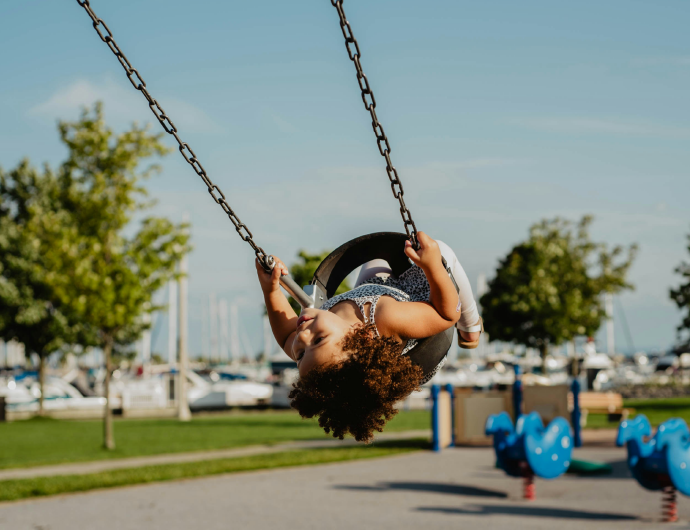
While sensory play offers countless benefits, a few thoughtful guidelines can help keep the experience positive and enriching for both you and your child.
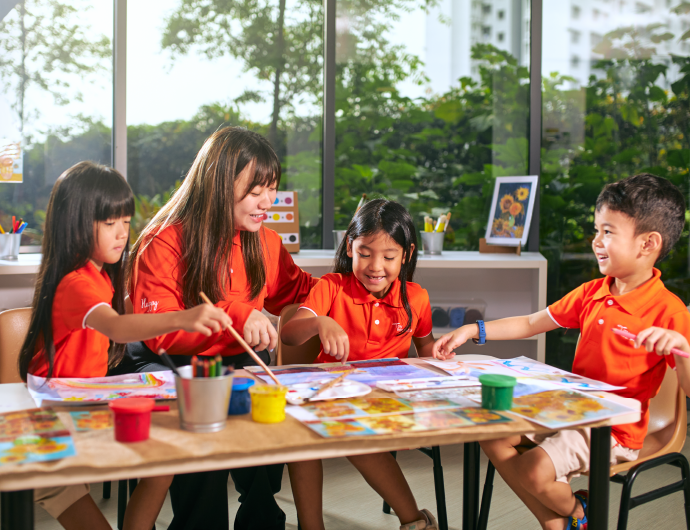
While sensory play at home builds a strong foundation, it’s just one important piece of the puzzle. Consistent, well-planned experiences in a nurturing preschool setting help ensure that this critical aspect of development isn’t overlooked.
During the preschool years, children’s brains are highly receptive to new experiences, and sensory play offers an ideal platform to engage their curiosity and promote cognitive, emotional, and physical growth.
Here are some of the ways sensory play is vital in preschool:
By incorporating sensory-rich experiences into the preschool curriculum, educators can create an enriching environment where children grow holistically.
At My First Skool, we recognise the importance of sensory play and integrate it into daily activities, ensuring that each child’s developmental needs are met in a fun and engaging way.
Sensory play is more than a moment of fun—it’s a foundation for lifelong learning.
At My First Skool, sensory-rich learning is thoughtfully woven into every part of our preschool curriculum.
Our educators create safe, stimulating environments where your child can explore with confidence, engaging all their senses as they learn through play.
Looking to give your child a strong start? Explore how My First Skool nurtures every child’s potential through meaningful, hands-on learning, providing both enjoyment and cognitive benefits.
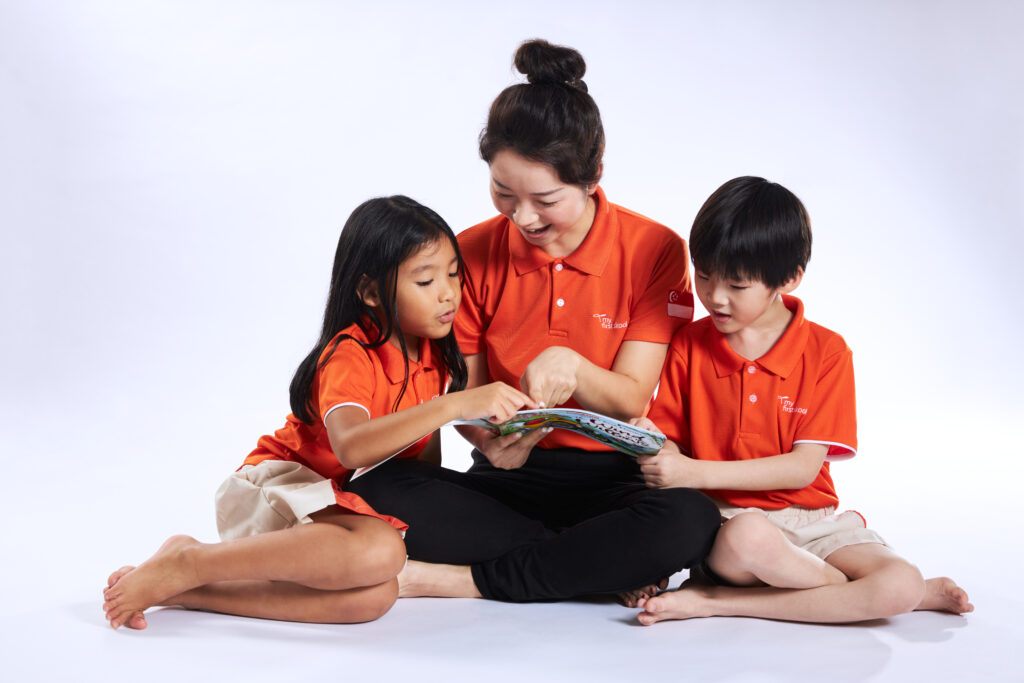
Every year, over 26,000 families all across Singapore see their children benefit from our relationship-based curriculum – one that emphasises forging strong bonds between children, teachers and parents.
Find a centre near you or take a virtual tour to explore our learning environments and learn how your child can thrive.